Technology
| Test system | ||||||||||
|---|---|---|---|---|---|---|---|---|---|---|
| CPU | Intel Core i5 2500K @4.5 GHz (overclocked to 5.0 GHz to verify GPU scaling) | |||||||||
| Cooling | Prolimatech SuperMega + 2 x Noiseblocker Multiframe PWM | |||||||||
| Mainboard | Gigabyte Z68X UD7
|
|||||||||
| RAM | 8 GB Kingston HyperX 1600 “Genesis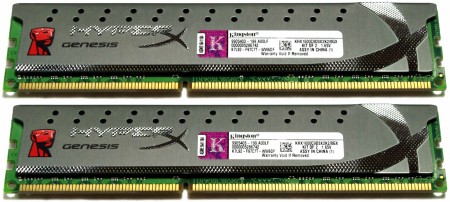
|
|||||||||
| SSD | 256GB SAMSUNG MZ5PA256HMDR-01000 | |||||||||
| PSU | Cougar GX 1050 – 80 Plus Gold
|
|||||||||
| OS | Windows 7 x64 Ultimate | |||||||||
| Measuring devices | ||||||||||
| Electricity and Consumption Measurement |
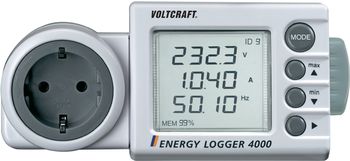 Energy Logger 4000 (Conrad Electronic) Energy Logger 4000 (Conrad Electronic)
– Long-term measurements |
|||||||||
Voltcraft 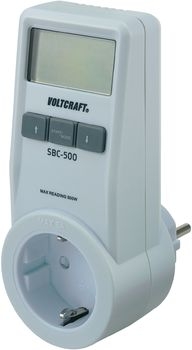 SBC-500 (Conrad Electronic) SBC-500 (Conrad Electronic)
– More accurate measurements in the milliwatt range |
||||||||||
| Noise level measurement |
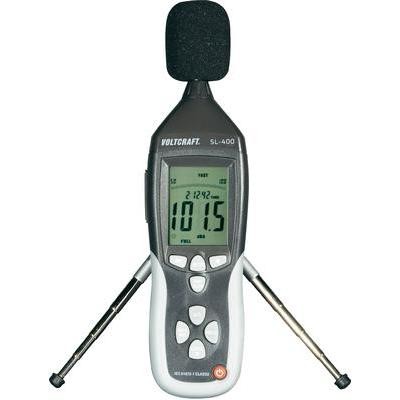 Voltcraft SL-400 (Conrad Electronic) Voltcraft SL-400 (Conrad Electronic)
– Noise level measurements |
|||||||||
Benchmark selection
Synthetic tests
For our tests, we first resort to 3DMark11, where we evaluate the largely processor-independent graphics tests. The results are certainly quite meaningful in view of the benchmark’s topicality. On the other hand, we did not use 3DMark06 and Vantage due to their age and the many dependencies on external circumstances. The tested DirectX10 cards are not listed in the 3DMark11 results. We chose Sanctuary v. 2.3 from Unigine as the second synthetic test and deliberately did without DirectX11 functionality, since there are still many older graphics cards in circulation and also many current game titles do not include explicit DirectX11 support.
Games
In this area, too, we primarily focus on balance, because some pre-tests have shown that surprises can definitely lurk, especially in the older DirectX modes. The relevance is definitely given, because the game collection of most users does not only contain pure DirectX11 games, after all. Enough has been written about Tessellation and PhysX, we won’t deal with feasibility studies here, but test the gaming routine. We did not test the DirectX10 cards under AvP. In Metro 2033, we use the fallback function to DirectX10, but without tessellation.
| Syntethic Benchmarks | |
|---|---|
| 3DMark11 |
|
| Unigine Sanctuary v. 2.4 |
|
| Gaming Benchmarks | |
| DirectX 11 | Metro 2033 Aliens vs. Predator |
| DirectX 10 | Call of Juarez S.T.A.L.K.E.R. Call of Pripyat |
| DirectX 9 | Mafia II |
Performance classes: Gamer and enthusiast
We intentionally only test from the lower mid-range, the entry-level and office cards will soon get their own charts so that the practical relevance is not completely lost. It simply doesn’t make sense to marvel at noble shooters with 4 fps or less. After some deliberation, we settled on two performance classes that also take into account and reflect the acquisition costs. In this regard, the Gamer range with a resolution of 1680 x 1050 pixels and the Enthusiast range with 1920 x 1080 pixels are also given. After internal discussion and consultation with some readers, we have decided to abandon both the oversized resolutions and the smaller ones, as this does not yet or no longer affect the intended target group. The selection of settings was also subordinated to this grouping.
Performance index and calculation bases
Instead of cumulative frame rates for overall ranking, we have created a total of 2 new performance indices for the first time, the Gamer Index and the Enthusiast Index. Thus, each tested card can be rated in the gamer or enthusiast range at the same time. Thus, a card that is too weak in the enthusiast sector can still be quite usable in the gaming sector. Indeed, cumulative rates say nothing about performance under certain conditions, so we replace this with the more transparent index variants.
How do we arrive at the values now? For this purpose, we took a typical representative of each manufacturer from the good mid-range (AMD Radeon HD 6870, Nvidia Geforce GTX 470) and the upper-range (AMD Radeon HD 6950, Nvidia Geforce GTX 570) and evaluated their behavior in a total of 15 tested games, grouped them in relation to each other and thus created a fictitious “Raforce Gedeon”. We took these “cards” as a yardstick for the respective quality settings in each of the benchmark tests and set the achievable frame rates as a 100% mark for the gamer or enthusiast index of this one benchmark. The sum of all percentages within the two ranges, divided by the number of tests, then gives the Gamer and Enthusiast Indexes for each card respectively. Since the “Raforce Gedeon” is vendor-neutral, the advantages of certain cards are largely excluded in advance. The whole thing may sound complicated, but it’s not. If you limit yourself to common gaming settings, then the indices are certainly a good indication for the price/performance ratio.
Consumption measurement
After a few attempts, we want to take a different route this time in order to exclude fluctuations. We have our CPU running at 100% capacity with Prime95, but we have these threads running in the background at low priority. Then we measured the consumption of a smaller card, whose values we know very precisely, once at idle and once with Furmark. If you subtract the idle and load consumption values from the two measured total consumption values, you get the total consumption of the system under load without the graphics card as the difference. In our case, both values matched except for the watt, so we only need to subtract 131 watts from all other measured values to conclude the card’s consumption. Of course, we still take the actual values for control and check the results for possible outliers.
- 1 - Einführung und Übersicht
- 2 - Wir funktionieren Crossfire und SLI?
- 3 - Mikroruckler - so klein und doch so ärgerlich
- 4 - Stufe 1: CrossfireX mit 2 GPUs
- 5 - Stufe 1: CrossfireX mit 2 GPUs versus SLI
- 6 - Stufe 2: CrossfireX mit 3 GPUs
- 7 - Stufe 3: CrossfireX mit 4 GPUs versus SLI
- 8 - Testsystem und Benchmarkauswahl
- 9 - Benchmarks: 3DMark11 und Sanctuary
- 10 - Benchmarks: DirectX 11 Spiele
- 11 - Benchmarks: DirectX 10 Spiele
- 12 - Benchmarks: DirectX 9 Spiele
- 13 - Leistungsindex und Leistungsaufnahme
- 14 - Zusammenfassung und Fazit















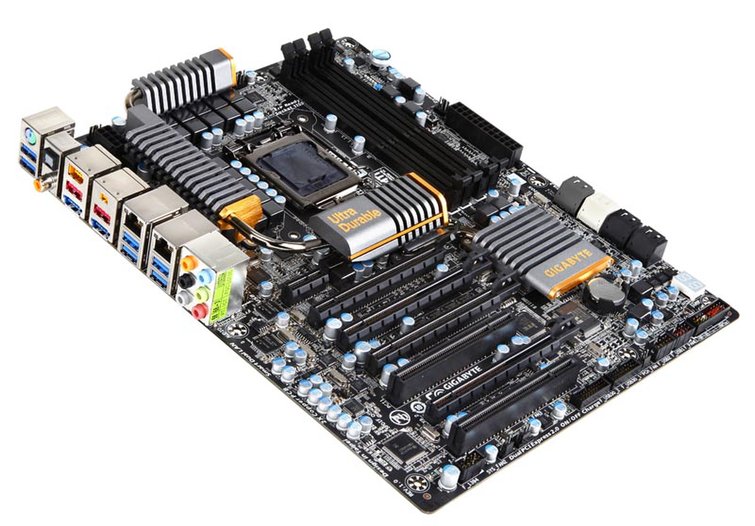
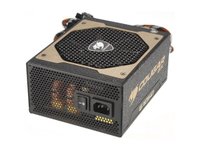



















9 Antworten
Kommentar
Lade neue Kommentare
Mitglied
Urgestein
Veteran
Urgestein
Urgestein
Mitglied
Veteran
Urgestein
Urgestein
Alle Kommentare lesen unter igor´sLAB Community →